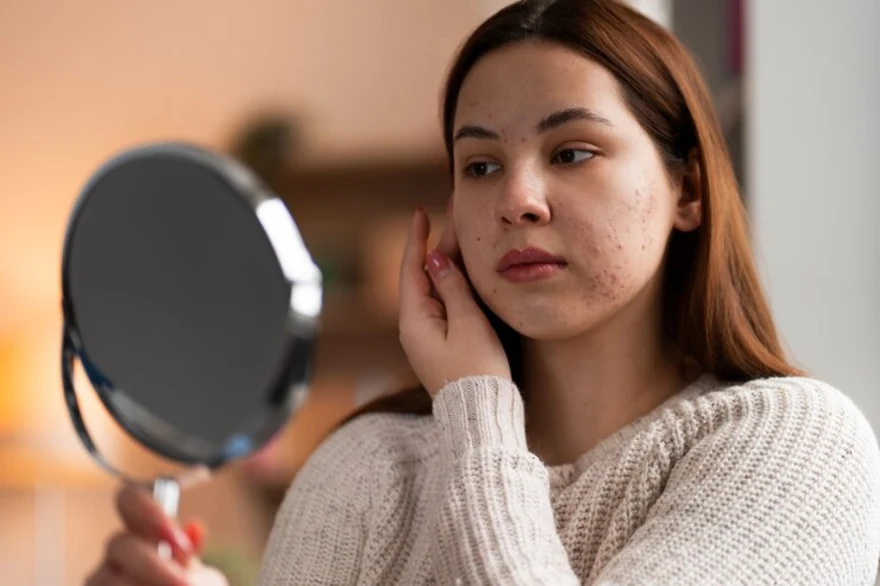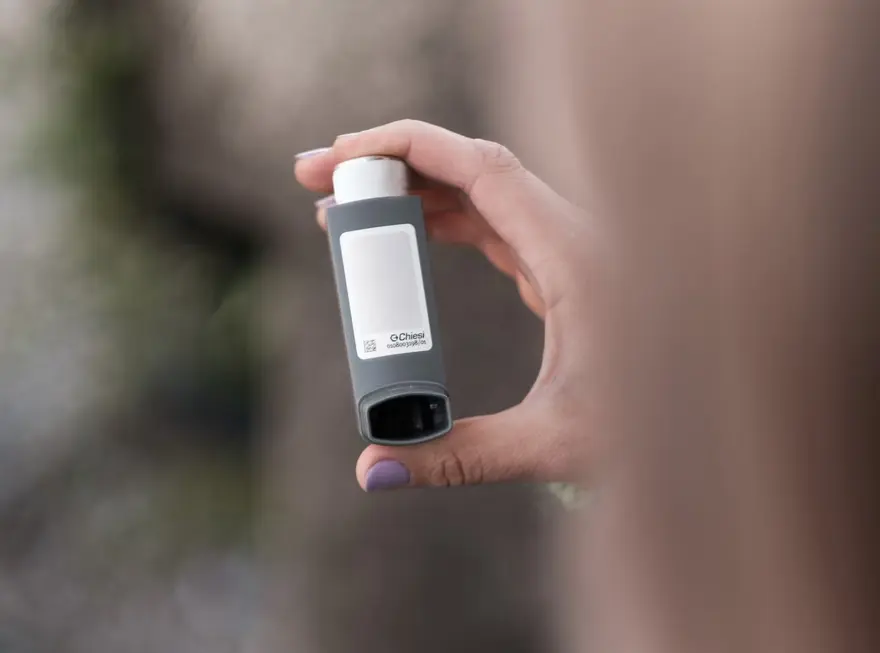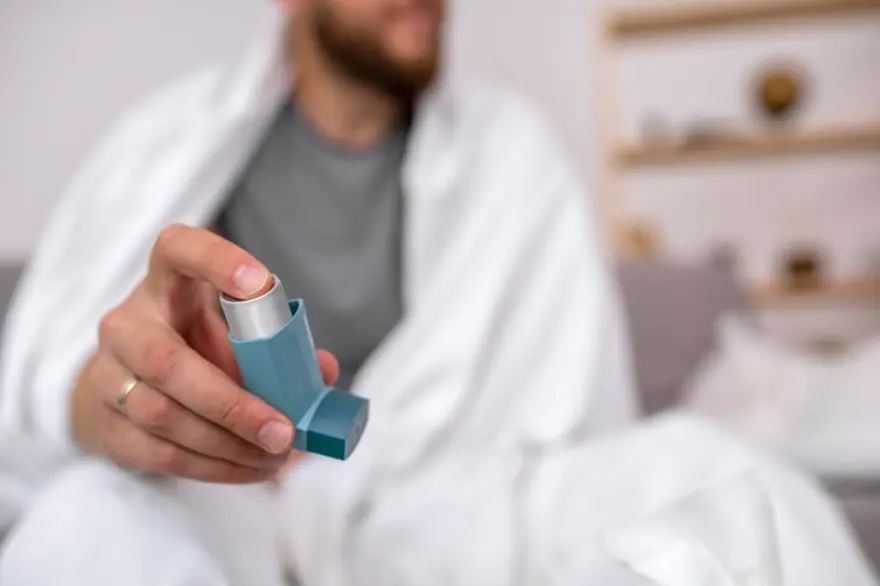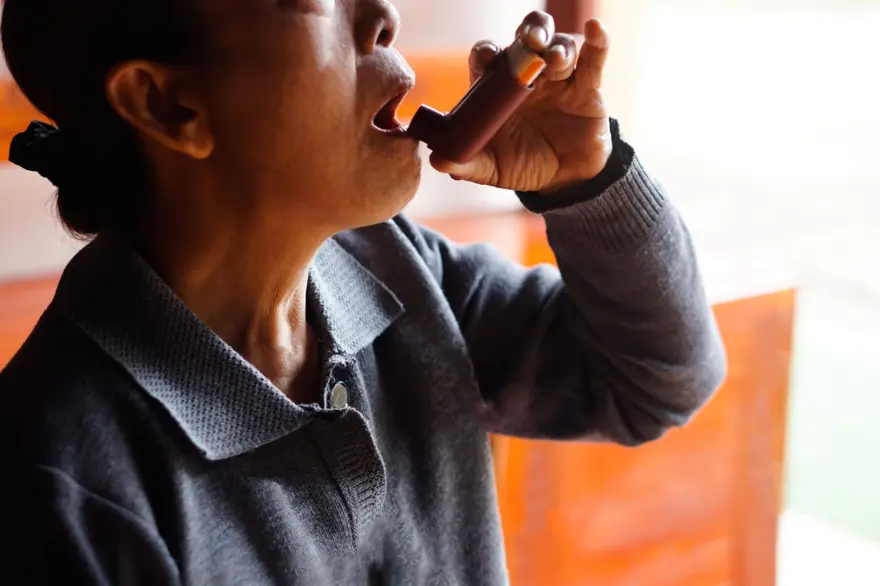Preventive Healthcare
Managing Keratosis Pilaris (Chicken Skin): Symptoms, Treatment
1799 Views
0

What is keratosis pilaris?
Keratosis pilaris is a common, harmless skin condition which is characterized by small, rough bumps on the skin, usually on the upper arms, thighs, cheeks, or buttocks. These bumps are usually flesh-colored or reddish, dry and rough to the touch.
Keratosis pilaris, also known as chicken skin disease, it occurs when keratin (a protein found in the skin) builds up and blocks hair follicles. It is generally harmless and improves with age, but can also affect appearance. Keratosis pilaris treatment involves the use of moisturizing lotions, scrubs, and sometimes prescription medications to smooth the skin and reduce the appearance of “chicken skin” bumps.
Who does keratosis pilaris affect?
Keratosis pilaris can affect anyone regardless of age or gender, but it is more common in young children and teenagers. Keratosis pilaris is also common in people with certain medical conditions, such as dry skin, eczema or obesity. People with fair skin are often more prone to this condition.
How common is this condition?
This skin condition is so common that many dermatologists consider it a skin type rather than a medical condition. Although estimates vary between populations, studies show that keratosis pilaris affects about 50% to 80% of teenagers and 40% of adults will develop these bumps at some point in their lives. This event highlights the importance of understanding keratosis pilaris and managing it effectively.
How does keratosis pilaris affect my body?
Keratosis pilaris is characterized by a buildup of keratin - a hard protein that protects skin from harmful substances and infections. This keratin blocks the opening of hair follicles, leading to patches of rough, bumpy skin. It's not fully clear why keratin builds up in people with keratosis pilaris, but it often occurs along with genetic diseases or skin conditions like atopic dermatitis.
What are the symptoms of keratosis pilaris?
Keratosis pilaris symptoms include small, rough bumps on the skin, commonly found on the upper arms, thighs, cheeks, or buttocks. These bumps, known as keratosis pilaris, are often flesh-colored or slightly red and may appear dry and rough. They typically develop around hair follicles, giving the skin a bumpy texture.
Keratosis pilaris symptoms can range from mild to more pronounced, this causes the affected area to feel rough and sometimes itchy. The condition is usually harmless and improves with age, but may persist into adulthood.
Management of keratosis pilaris symptoms usually involves using a moisturizing lotion or cream, gentle exfoliation to remove dead skin cells, and sometimes prescription treatments to help smooth the skin and reduce the appearance of bumps.
What causes keratosis pilaris?
The condition commonly appears during childhood and may persist into adulthood, affecting various areas such as the upper arms, thighs, cheeks, or buttocks. Managing keratosis pilaris causes often involves moisturizing the skin, gentle exfoliation, and occasionally using topical treatments to help reduce the buildup of keratin and improve the appearance of the skin.
Keratosis pilaris causes are primarily attributed to the buildup of keratin, a protein that forms hair follicles and skin. In keratosis pilaris, excess keratin blocks the hair follicles, causing the characteristic rough, bumpy skin texture. The exact cause of keratosis pilaris is not fully understood, but genetic factors may be involved as it often runs in families. Dry skin and some skin conditions can make symptoms worse.
The condition usually appears during childhood and can continue into adulthood and affecting multiple areas, such as the upper arms, thighs, cheeks or buttocks. Ways to manage keratosis pilaris causes includes moisturizing the skin, gentle exfoliation, and sometimes using topical treatments as it helps reduce keratin build-up and improve the appearance of the skin.
Is keratosis pilaris caused by a vitamin deficiency?
No, keratosis pilaris is not caused by a vitamin deficiency. This is mainly due to the accumulation of keratin, which blocks the hair follicles, resulting in rough, uneven skin. While certain vitamins like vitamin A may help improve skin health, keratosis pilaris is generally attributed to genetic factors and skin conditions rather than nutritional deficiencies.
Is keratosis pilaris contagious?
No! Despite its conspicuous presence, keratosis pilaris isn't contagious. The bumps don't usually cause discomfort or itching and can't be spread to others through contact.
How is keratosis pilaris diagnosed?
Usually, physical examination by a dermatologist is enough to diagnose keratosis pilaris. Your doctor will visually assess your skin, taking into account factors such as your age, skin appearance and affected areas. Keratosis pilaris usually does not require a formal examination.
How do you get rid of keratosis pilaris?
Although there is no permanent cure for keratosis pilaris, various treatment options for keratosis pilaris can help manage its symptoms.
Over-the-counter moisturizing lotions
Regular application of moisturizers can soothe dry skin and improve its appearance.
Medicated creams
Topical creams containing lactic acid or urea can help loosen and remove dead skin cells.
Exfoliating
Gentle exfoliation can remove dead skin cells and unblock hair follicles.
Laser treatments
In severe cases of keratosis pilaris, laser therapy could be a viable option, although it is not routinely recommended.
Gentle skincare
Avoiding harsh soaps and hot water baths that dry out your skin can significantly manage keratosis pilaris symptoms.
Home Remedies
In addition to the above procedures, you can also use home remedies to treat keratosis pilaris:
- Taking short, warm baths to unclog pores
- Using a humidifier to maintain skin moisture
- Applying hydrating lotions with alpha-hydroxy acids
- Avoiding tight clothes that can irritate the skin
How can I prevent keratosis pilaris?
Although keratosis pilaris cannot be prevented, certain skin care methods can prevent and reduce the appearance of keratosis pilaris. Making sure your skin is properly moisturized with an oil-free cream or ointment can help prevent clogged pores that cause keratosis pilaris.
Conclusion
Although keratosis pilaris is often frustrating, it is a manageable condition with the right knowledge and skin care routine. Regular moisturizing, gentle exfoliation and avoiding skin irritants can help manage this skin condition. However, everyone's skin responds differently, Therefore, it is important to consult a doctor or dermatologist to create an individualized keratosis pilaris treatment plan.
Remember, your health is your greatest wealth. Regular check-ups and timely diagnostics are key to maintaining good health. Metropolis Healthcare provides at-home blood testing and health check-up services across India, delivering accurate results to help you stay on top of your health game. With their expert team and advanced diagnostic labs, prioritising your health just got easier!













1701259759.webp)









 WhatsApp
WhatsApp